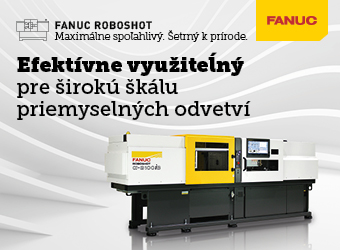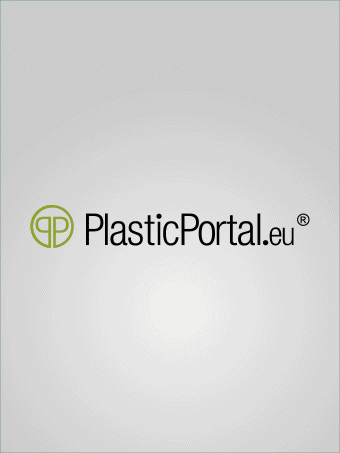Improving Alignment for Charging AGVs and AMRs
Automated guided vehicles (AGVs) and Autonomous Mobile Robots (AMRs) are the invisible heroes of warehouses and production floors. They ensure that heavy objects, semi-finished or finished goods can be transported effortlessly and efficiently, thus relieving the burden on warehouse and production staff. However, a charged battery is essential for them to be able to perform their important task.
As battery is one of the expensive and important parts of an AGV/AMR, a reliable charging solution is therefore crucial in order to avoid operational interruptions and damage to the battery.
AGVs and AMRs are mainly used in industrial environments where heavy materials must be transported over long distances within the building, such as in warehouses or production floors. Either they are guided by their own sensors, or they follow predefined paths, be it through lines, floor cables or even radio waves. However, the real challenge lies in defining battery reloading solutions. It must be possible to integrate the loading processes seamlessly into the workflow in order to avoid major interruptions. There are various solutions for this, such as battery swapping, automatic and opportunistic charging, and automatic battery replacement. Each of these solutions has its advantages and disadvantages.
The different charging solutions
The advantage of battery swapping is that the AMR/AGV is quickly ready for use again. However, it requires an operator to carry out the manual change and charge the discharged battery in a charging station. Automatic battery swapping, on the other hand, enables a fully automatic changing process and offers an alternative to manual changing. However, additional infrastructural measures are required for automatic changing, which provides for a changing and charging device next to the AMR/AGV system.
Automatic and opportunity charging is another charging solution. It has the advantage that it can be seamlessly integrated into the workflow through good planning. No manual assistance is required and only one charging station is needed, which can be approached by the AMRs/AGVs whenever the opportunity arises without interrupting the workflow. This and the ever-increasing charging currents mean that battery swapping is not required and the automatic and opportunity charging solution is being used more and more.
 | |
Small components with big impact
When taking a closer look at the charging process for automatic and opportunity charging, special attention must be paid to the docking facility at the charging station. Stäubli’s core contact technology called MULTILAM ensures a reliable connection offering minimal contact resistance and a high number of mating cycles. Due to its compact shape, the connector requires less space and is lightweight. The solution can be fully customized to the customer's application needs of high current transfer, including size, material, and other modules (data, Pneumatics, Liquids, etc.), and therefore offers high flexibility.
Stäubli's high misalignment solution
For the automatic coupling process, the docking facility must be designed to compensate for any misalignment between the vehicle and the charging station connector to enable a smooth charging process. The market requires compensation up to +/- 10 mm, but existing solutions only offer limited compensation. To meet this requirement, Stäubli Electrical Connectors has developed solutions for its connectors that enable this compensation.
More features:
- up to +/-10mm misalignment in X and Y axis
- up to 3° angular misalignment
- Different sizes and mountings (panel or housing) possible
- LMFB (Last Mate First Break)
- Compact design
- Polymer material
- Compatible with CombiTac uniq and direqt
- MULTILAM contact technology
- autor:
- Stäubli Systems, s.r.o.


















